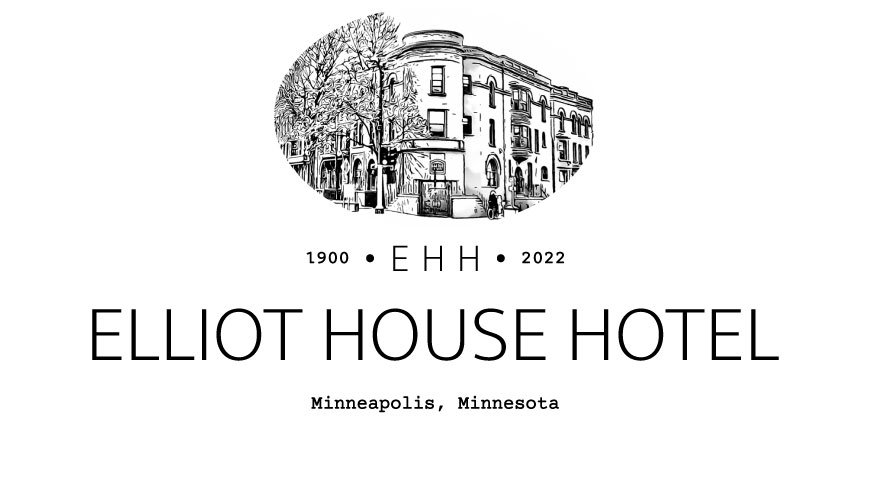The South Ninth Street Historic District exhibits one of the city’s best and most cohesive collections of multiple-family dwellings from the turn of the century. Generally located along Ninth and 10th streets between the intersections of Park Avenue and Fifth Avenue, the district also extends south to include properties along East 14th and East 16th streets.
Southeast of the central business district, the South Ninth Street area served as an important zone of transition between the downtown commercial core and outlying lower density residential districts. The area remains unique for being the only neighborhood in Minneapolis with a linkage of serial housing, featuring prominent local architects.
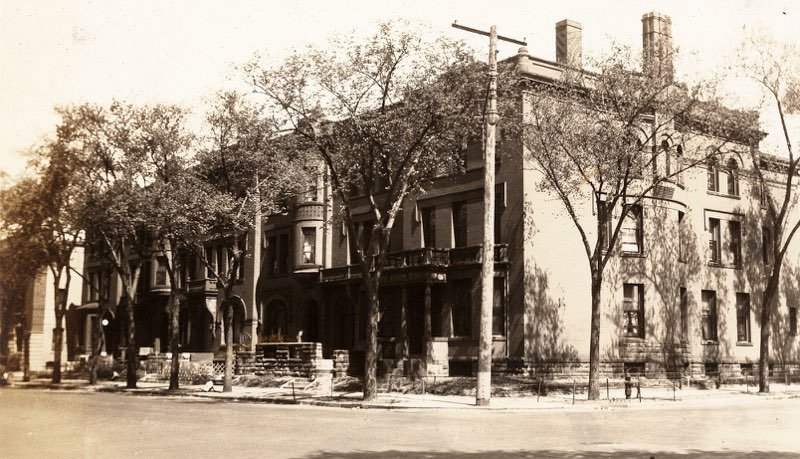
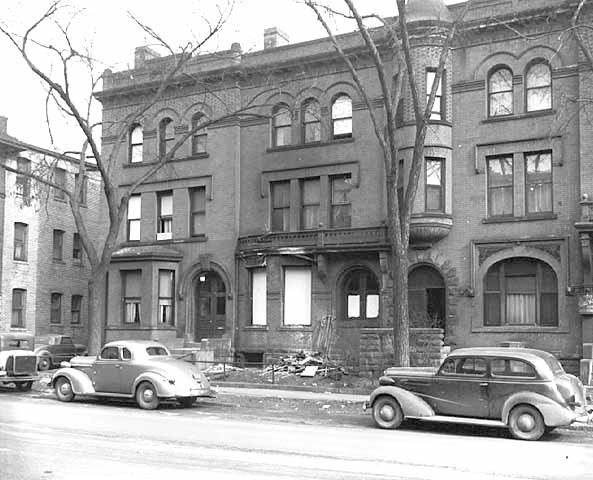
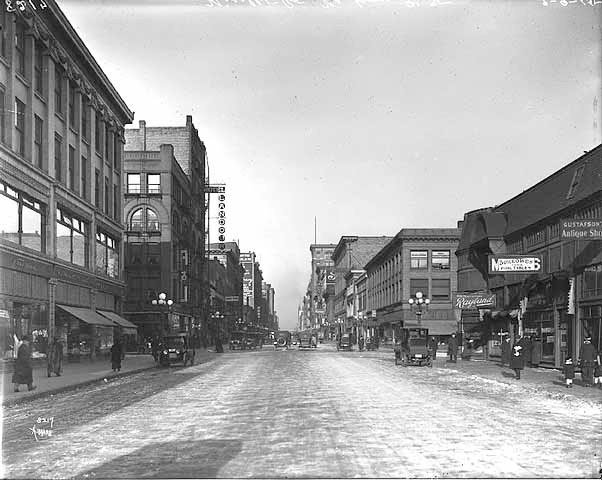
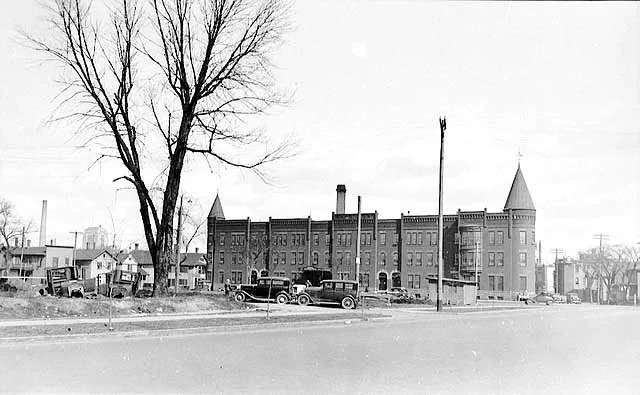
During the mid-1880s, the young City of Minneapolis was booming. The flour milling industry had hit full stride, bringing thousands of hopeful newcomers to town in search of new jobs and new homes. A rapid influx of new residents between 1880 and 1890 created a severe shortage of housing. As architects and builders scrambled to meet the demands, a new type of building – the row house – was introduced to the Minneapolis streetscape.
The first residents to settle in the South Ninth Street District were affluent professionals drawn to the area by its proximity to the downtown business district. Many of these wealthy businessmen, such as Samuel Morse, vice president of the Minneapolis Flour and Manufacturing Company, enjoyed living in row houses designed for wealthy inhabitants adjacent to the 10th Street and Park Avenue mansions. The district also appealed to members of the middle class, such as clerks and bookkeepers who worked for the railroads and milling companies headquartered downtown. Residing in more modest flats, these people enjoyed low rent prices offered by developers and easy access to the workplace provided by the new streetcar lines.
The most outstanding feature of the South Ninth Street District is its uniformity of type, scale, material, age and design. Between 1886 and 1915, local architects including William Channing Whitney and Frederick Clark designed townhouses, row houses and flats based on Classical, Renaissance and Romanesque models. The red brick buildings feature an assortment of diverse details rendered in red stone and terra cotta. The Park Avenue fourplex (912-914 Park Ave. S.) and the Lee Residence (623-625 Ninth St. S.) represent examples designed by William Channing Whitney, while the Mayhew (614-626 Ninth St. S.) and the Linne Flats (728-740 E. 16th St.) represent examples designed by Frederick Clark.
Although the South Ninth Street neighborhood has changed over the years, it still illustrates the coming of age of Minneapolis. Its location anticipated the development of a large city by indicating a separation between commercial and residential zones. The appearance of the row house as an alternative to single-family residences marked the evolution of the urban city from its village roots. Within the South Ninth Street Historic District, the "City of Lakes" made its transition from frontier town to urban center.
Photo Credits:
1940, Minneapolis Star, courtesy of the Minnesota Historical Society
1950, Norton and Peel, courtesy of the Minnesota Historical Society
Works Cited:
City of Minneapolis, "Local Heritage Preservation Designation Study," March 1989.
The Historic Residents of the Mayhew Rowhouses:
J.Paul Getty, business tycoon: https://en.wikipedia.org/wiki/J._Paul_Getty
Rev. Marion Shutter, author: http://files.usgwarchives.net/mn/hennepin/bios/1923/shuttemd.txt
Samuel Morse, V.P. Minneapolis Flour and Manufacturing Co.
